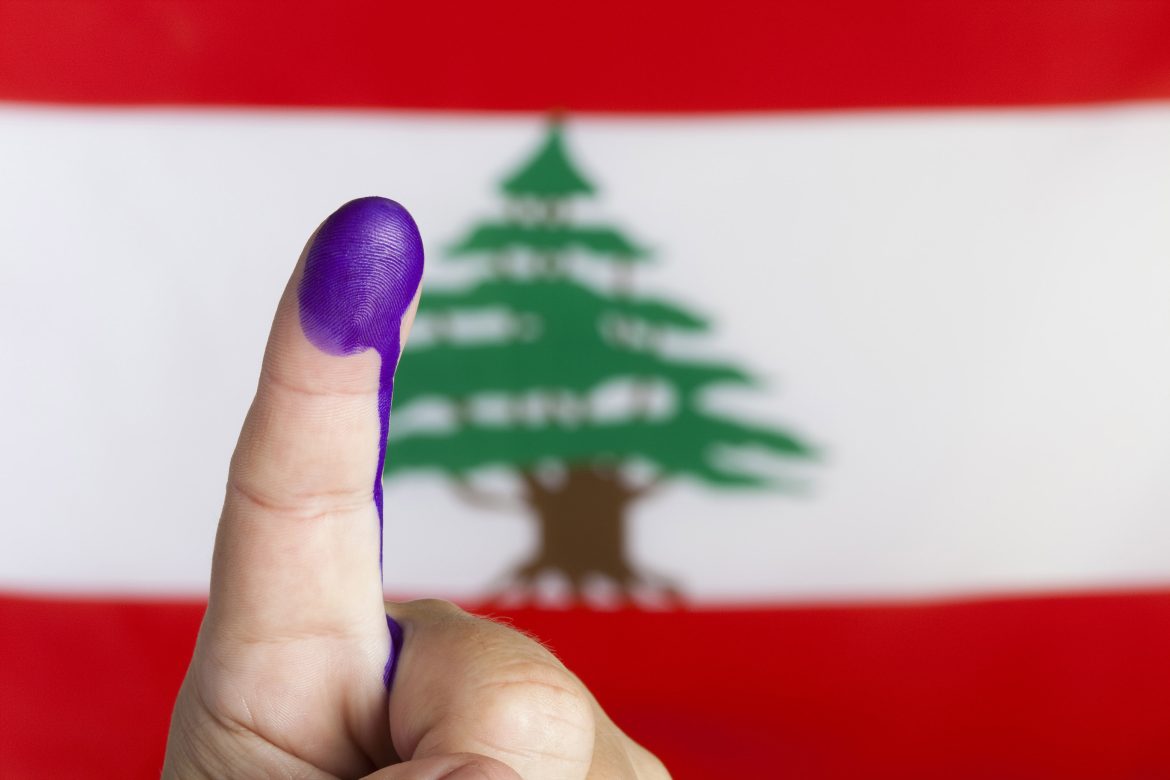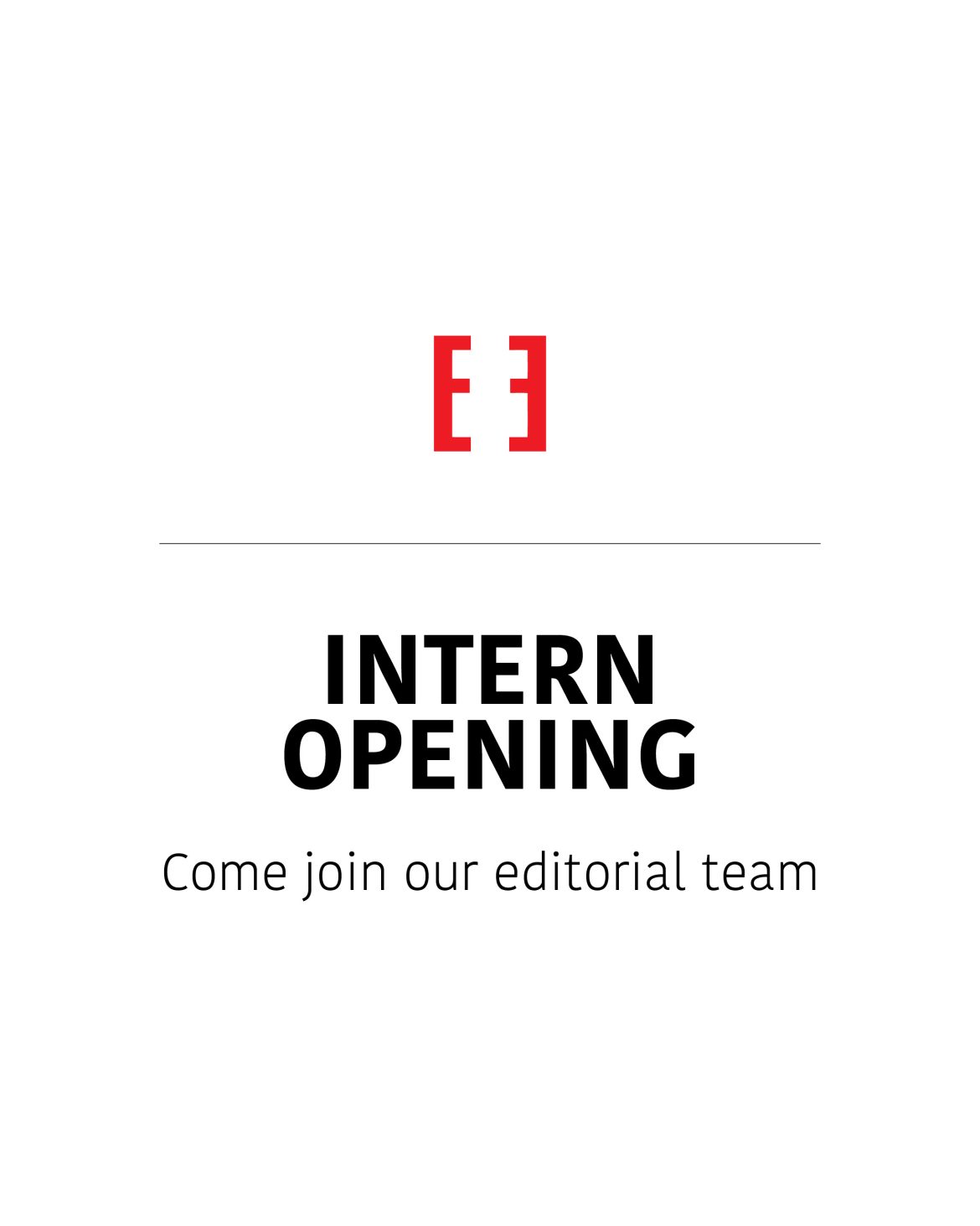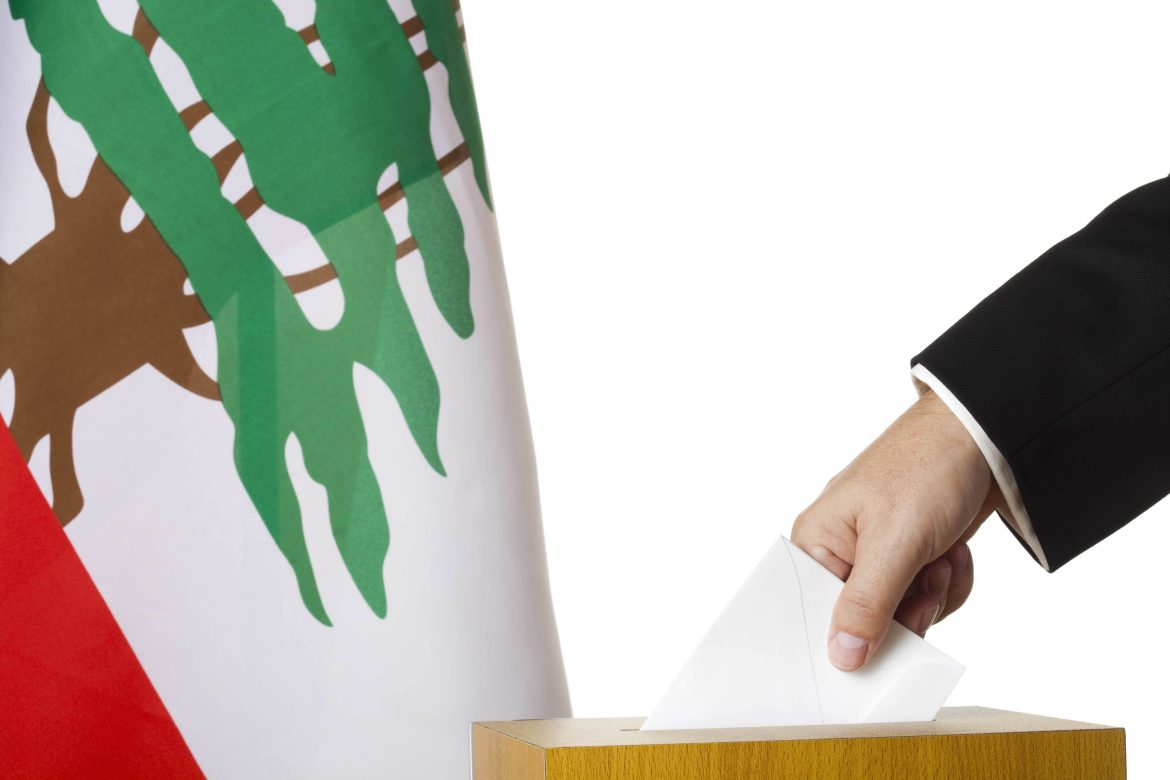Often times, when someone is diagnosed with a chronic illness, whether it is a severe or mild one, the first thought that comes to mind is, “Only if I’ve acted earlier and done medical checkups or medical screening tests earlier.” Chronic diseases are illnesses such as cardiovascular disease, hypertension, cancer, diabetes, and chronic respiratory disease. These Non-Communicable Diseases (NCDs) require long-term treatment and continuity of care throughout an individual’s lifetime. Although NCDs are not contagious, they are a burden to an individual who carries them and requires long-term treatment and comprehensive and regular follow-ups. This in turn results in costs to both the individual and the healthcare system.
The Karagheusian Primary Healthcare Center (K-PHC), as a private, non-governmental organization and not-for-profit center, has been operational in Lebanon since 1946 and then as of 1991 has been an integral part of the Lebanese Network of Primary Healthcare Centers that operate all over Lebanon. K-PHC is located in Bourj Hammoud and serves to the people and communities within its area, providing an affordable, attainable, accessible and sustainable health services. The Center has been awarded the World Health Organization (WHO)’s recognition related to sustainable development goal three of non-communicable disease prevention. Part of the K-PHC’s mission is to provide affordable and accessible screenings for NCDs, and to make such preventative practices routine for the Lebanese population.
Prevention before treatment
According to the WHO, non-communicable diseases are responsible for almost three-quarters of all deaths worldwide, totaling at 41 million in 2019. Of these, 17 million deaths were premature (occurring to people younger than 70 years old), with the vast majority occurring in low-and-middle-income countries. In Lebanon, the burden of NCDs remains the largest component of the country’s health profile, with 91 percent of all deaths attributed to NCDs as reported by a 2021 study published by the medical journal Conflict and Health.
Scientists and healthcare professionals have developed various recommendations to prevent, delay, and even treat NCDs when detected and diagnosed early. Early detection can be achieved through various medical screening methods that healthcare professionals advise and recommend. These screening phases of NCDs can start as early as childhood years and it can be altered within its trajectory if it is properly screened and detected early. It is recommended that people start screening and testing for NCDs at the age of 40. This age threshold has been established because many NCDs become more prevalent as people age, though higher risk individuals are advised to begin screenings earlier.
The challenge of behavioral change
There is evidence that some people do not want to change and or to step out of their comfort zone by early screening for their NCDs. People live with a mistaken belief that they are completely healthy and don’t need testing nor screening. A lack of willpower to act is one reason and another is that people simply do not know where to start. Some say that they do not have the means or know where or how to access medical screening care within their surroundings, or that they lack time and postpone it.
In Lebanon, K-PHC is part of the Lebanese National PHC Network. Under K-PHC’s mission to provide accessible, affordable, attainable, sustainable and inclusive primary healthcare services, more than 15,000 monthly beneficiaries receive comprehensive care. In addition to treating, the K-PHC is committed to the early detection and screening of NCDs for all beneficiaries over 40 years old in the area it serves in Beirut.
These beneficiaries include anyone in need of primary healthcare services or a physician’s consultation. Any person, Lebanese or not, has access to see a physician and then, if needed, a specialist provides care within the K-PHC. The Center has a variety of physicians and functions in according to the Lebanese Ministry of Heallth’s Primary Healthcare Unit’s guidelines, policies and procedures as well as under its direct partnership. The physicians vary from the pediatrician, family medicine doctor, obstetric and gynecologists, ophthalmologists, endocrinologists, cardiologists, internal medicine doctors, dermatologists, physical therapists, psychiatrists, radiologists, lab physicians, and dentists. The patient participates with a nominal fee that varies in according to the specialists from $5 to $20 per consultation.
The Karagheusian Primary Healthcare Team
The early screening process at K-PHC involves a multidisciplinary team of healthcare workers including a registered nurse and a primary care physician who ask a simple questionnaire. Then, after taking the vital medical signs of the beneficiary, blood diagnostic tests are ordered. After the test results are available, a complete diagnosis is made to the beneficiary, with a follow-up session explaining the behavioral changes that need to be made such as changes in lifestyle such as nutrition intake physical exercise, or even medication if needed.
The Center also offers various medications for managing chronic conditions like diabetes, hypertension, and other cardiovascular diseases, including beta blockers, Angiotensin-Converting Enzyme inhibitors, ACEI, Angiotensin II Receptor Blockers, insulin therapy, metformin, and sulfonylureas. These medications are provided through the Lebanese Ministry of Public Health for free and are all available on a monthly basis to patients with a valid prescription from a K-PHC.
K-PHC is funded through the Karagheusian Foundation as well as through various humanitarian organizations and institutions and both local and international NGOs. A large portion of “in-kind” contribution of mediations, medical supplies, vaccines and insulin is provided by the Lebanese Ministry of Public Health – Primary Healthcare Division, as well as from the World Health Organization, UNICEF, European Union and UNHCR, and International Medical Corps.
Success stories
Countless stories from K-PHC’s experience demonstrate that prevention, education and follow-up are as important as cure.
In one case, a healthy 41 year old woman was accompanying a patient to the K-PHC. A community screening nurse reached out to her for screening. After conducting the proper blood diagnostic tests, it was found out that she had high glucose levels in her blood and was diagnosed with prediabetes. Within three days, the same nurse contacted her and referred her to consult an endocrinologist physician where she was diagnosed and educated on preventative behavioral changes.
In another case, a 66-year-old man was contacted by a K-PHC community nurse while waiting for his son to complete a dental visit. The visitor, known to have coronary artery disease (CAD) a type of NCD, and hypercholesterolemia, was able to have his vital signs taken and was given one-on-one awareness to highlight the importance of a healthy diet and yearly check-ups. When his vital signs indicated concerns, he was administered an electrocardiogram immediately and was then referred to a physician, diagnosed with hypertension, and put on medication. Note that, untreated hypertension can lead to complications including, heart failure and stroke.
These are two of countless examples where both patients and community members were able to prevent the escalation of medical conditions either by initiating a visit to K-PHC or by showing up for a consultation at the recommendation of K-PHC’s medical staff. The medical consequences of not screening and detecting NCDs early have various negative outcomes on livelihood, from reduced quality of life to early and preventable death.
It’s Not Too Late, Act Now
Now is the right moment to take care of your health through early screening, detection, and treatment if needed, such as lifestyle modification or medications, preventing possible complications, or invasive procedures such as surgeries, or dialysis. If you are above 40, live in Beirut, Lebanon, and have not been previously screened, take this as your sign to pursue a consultation. A personal goal of yearly screenings is enough to prevent the spread of numerous NCDs. Early detection saves lives. Don’t wait – act now, your health can’t afford delays.

![IMG_0007[82]](https://www.executive-magazine.com/wp-content/uploads/2025/06/IMG_000782.jpg)







